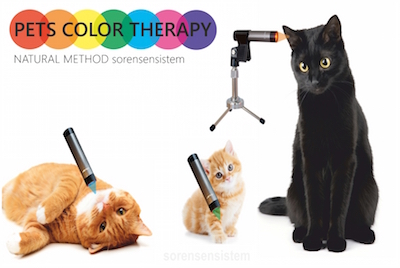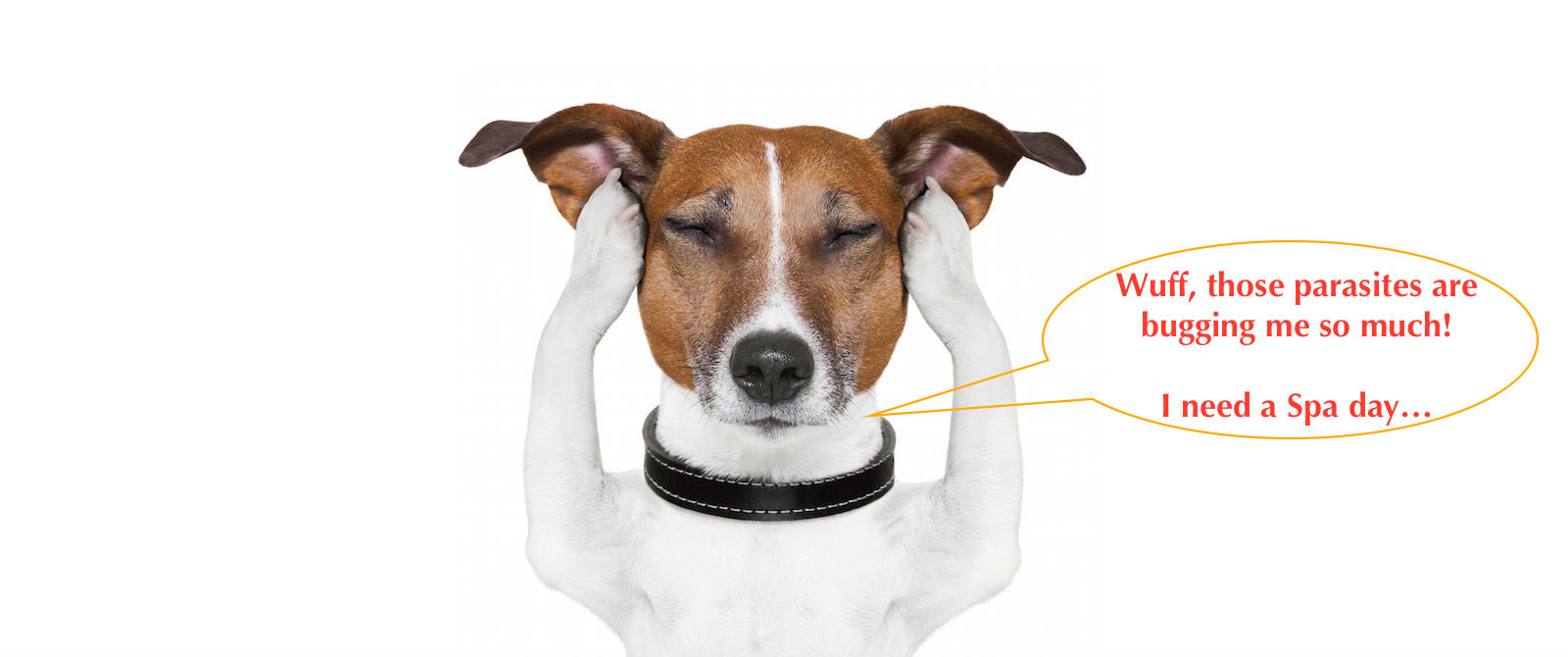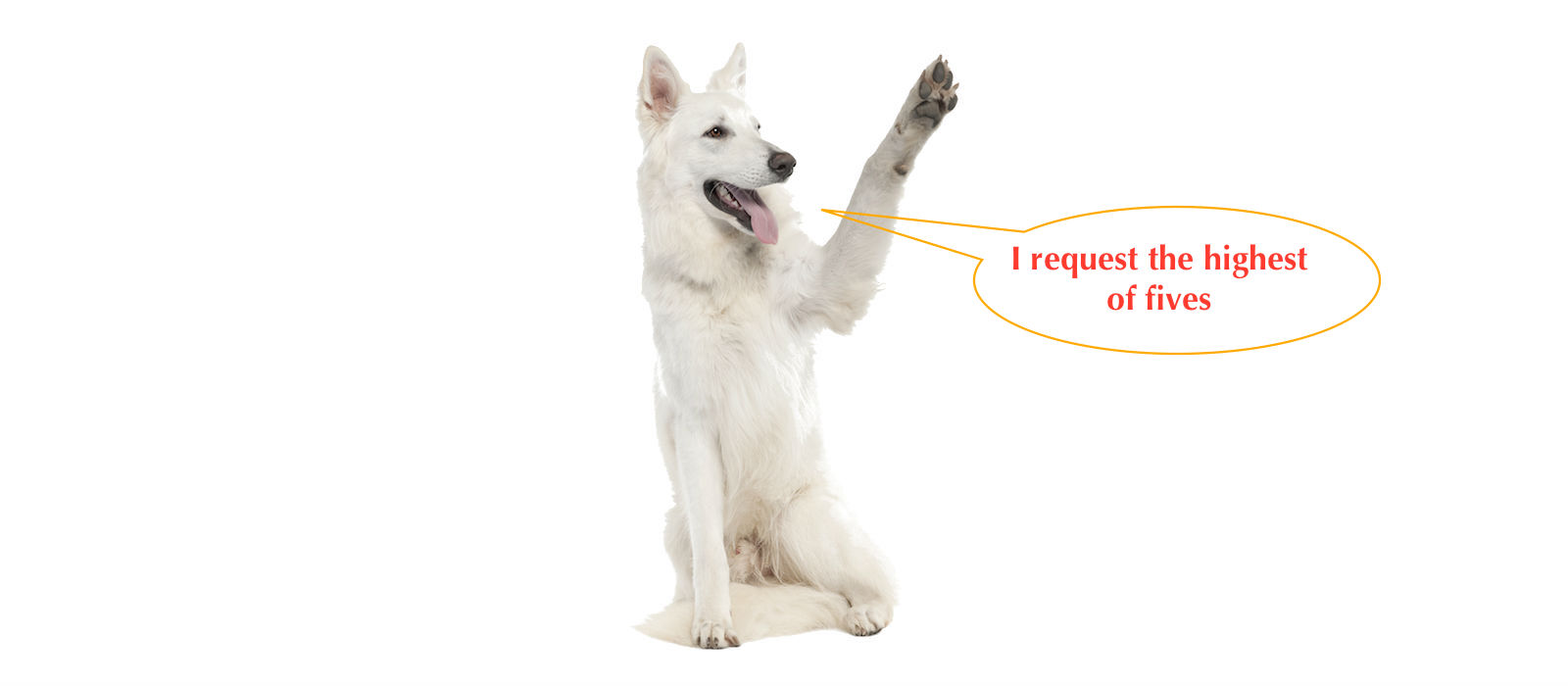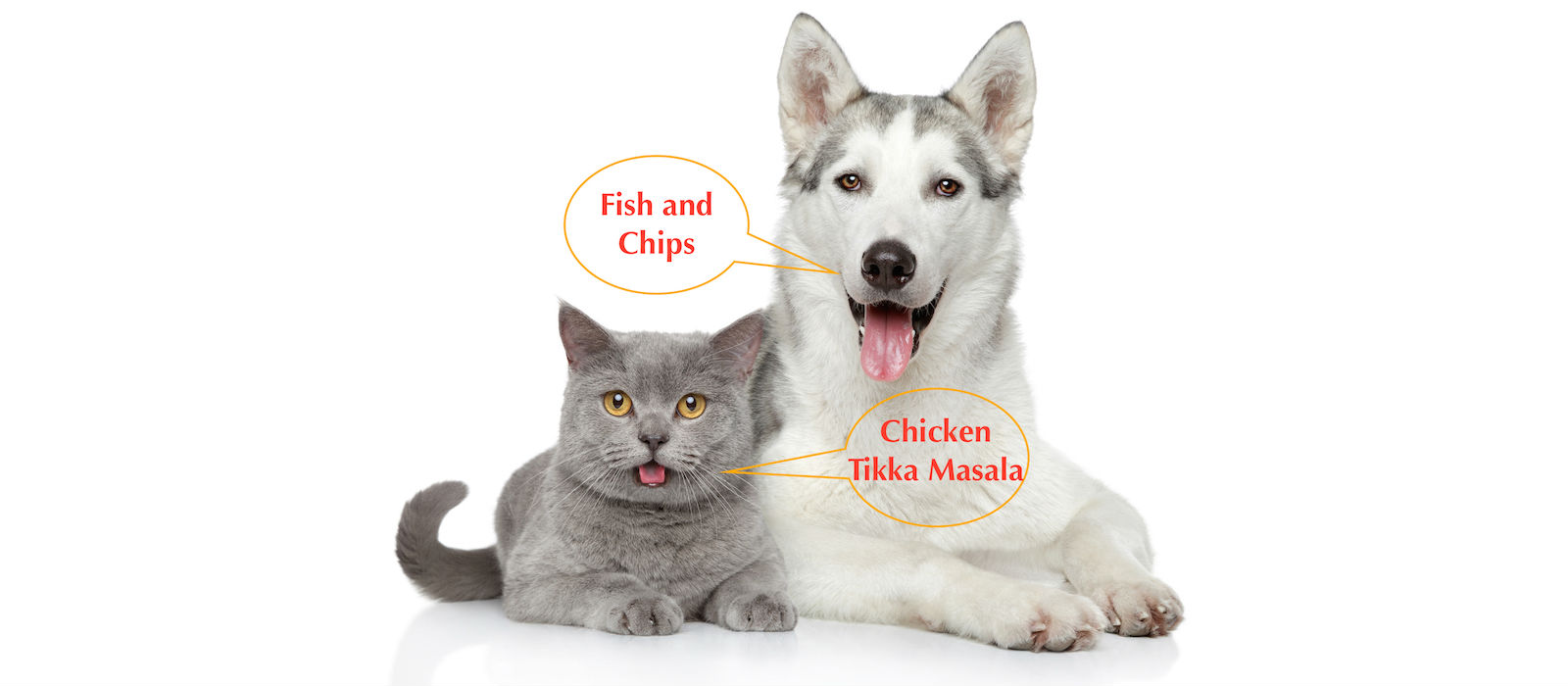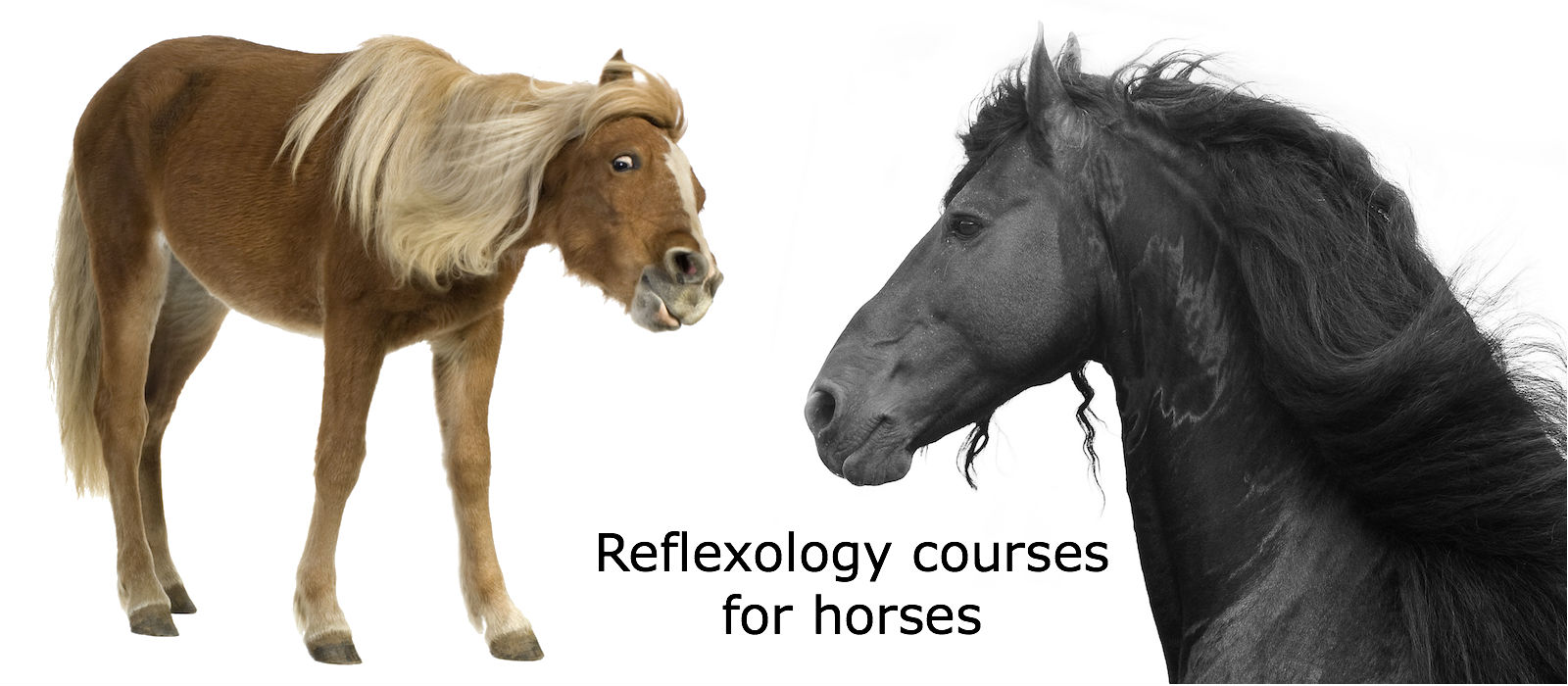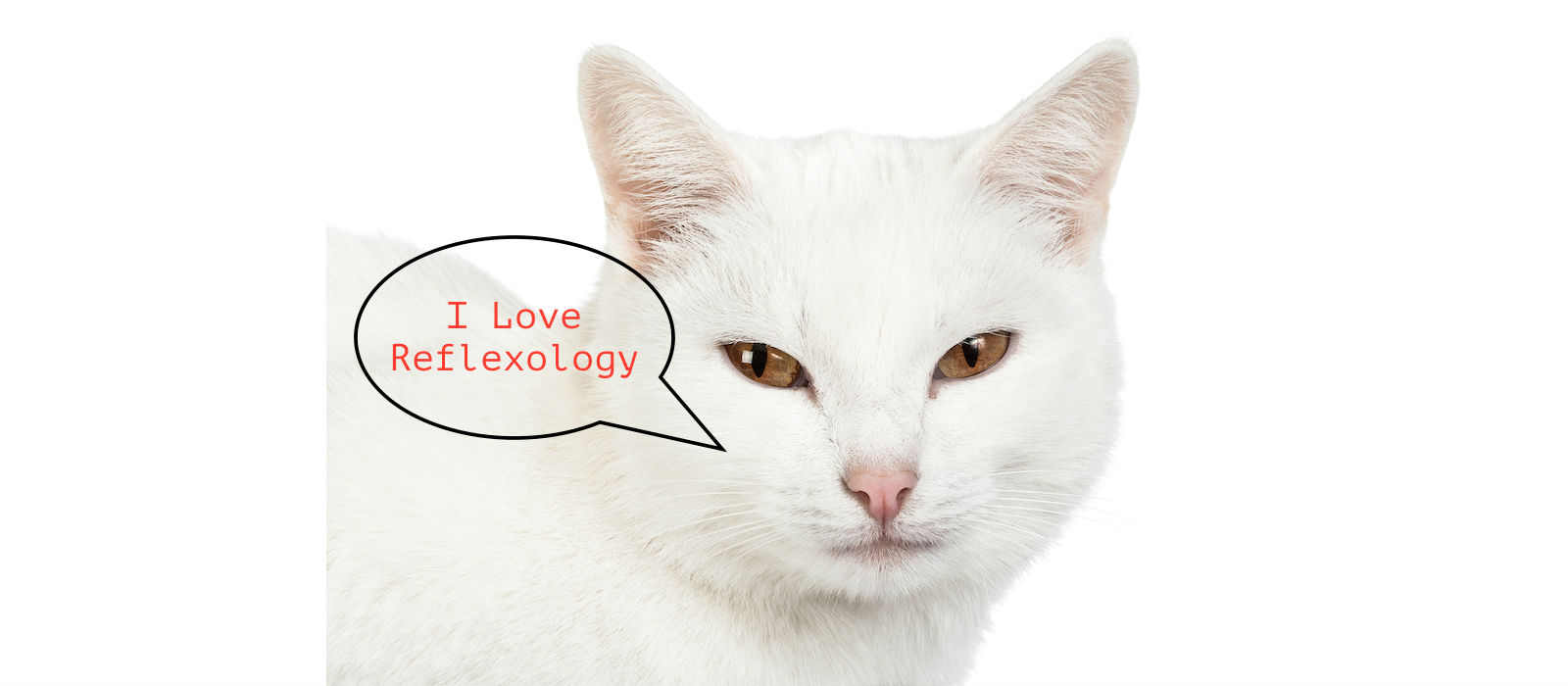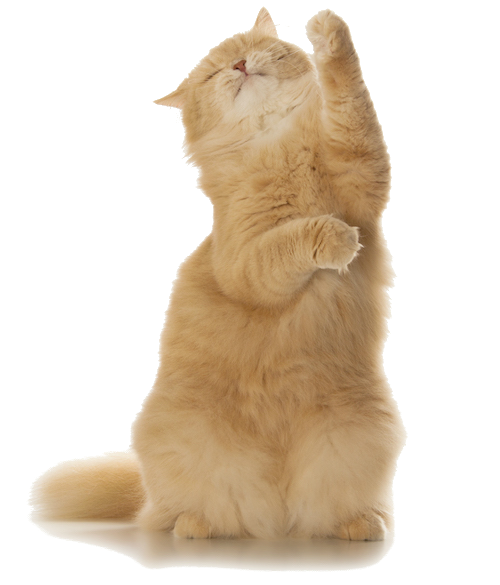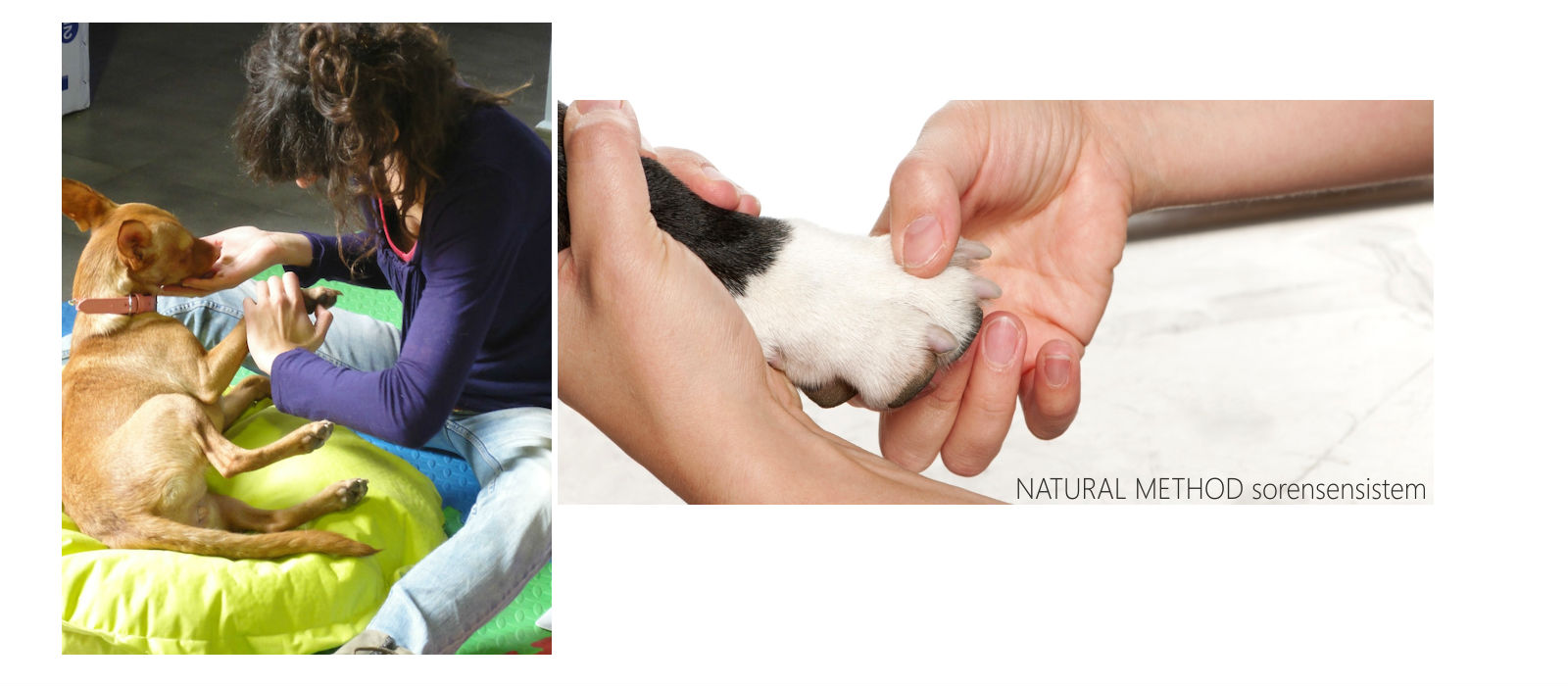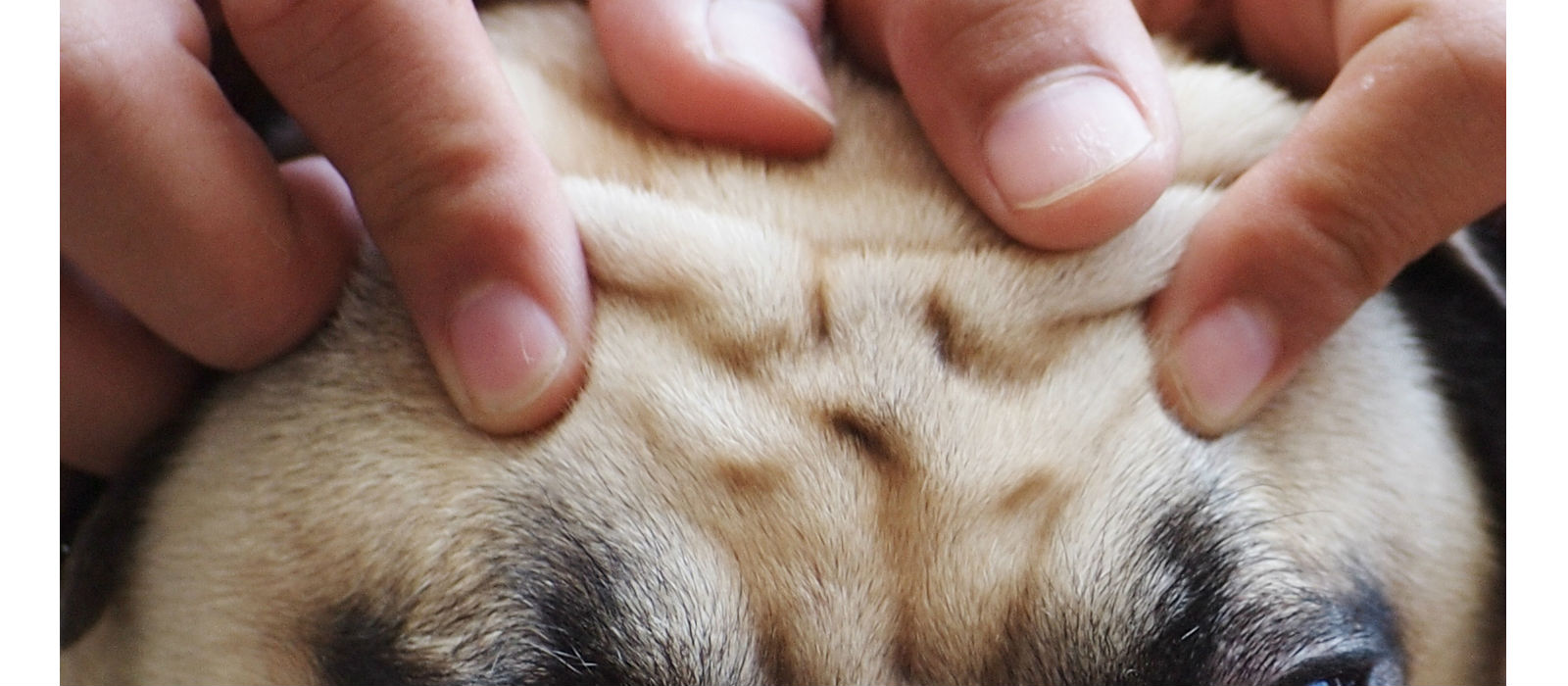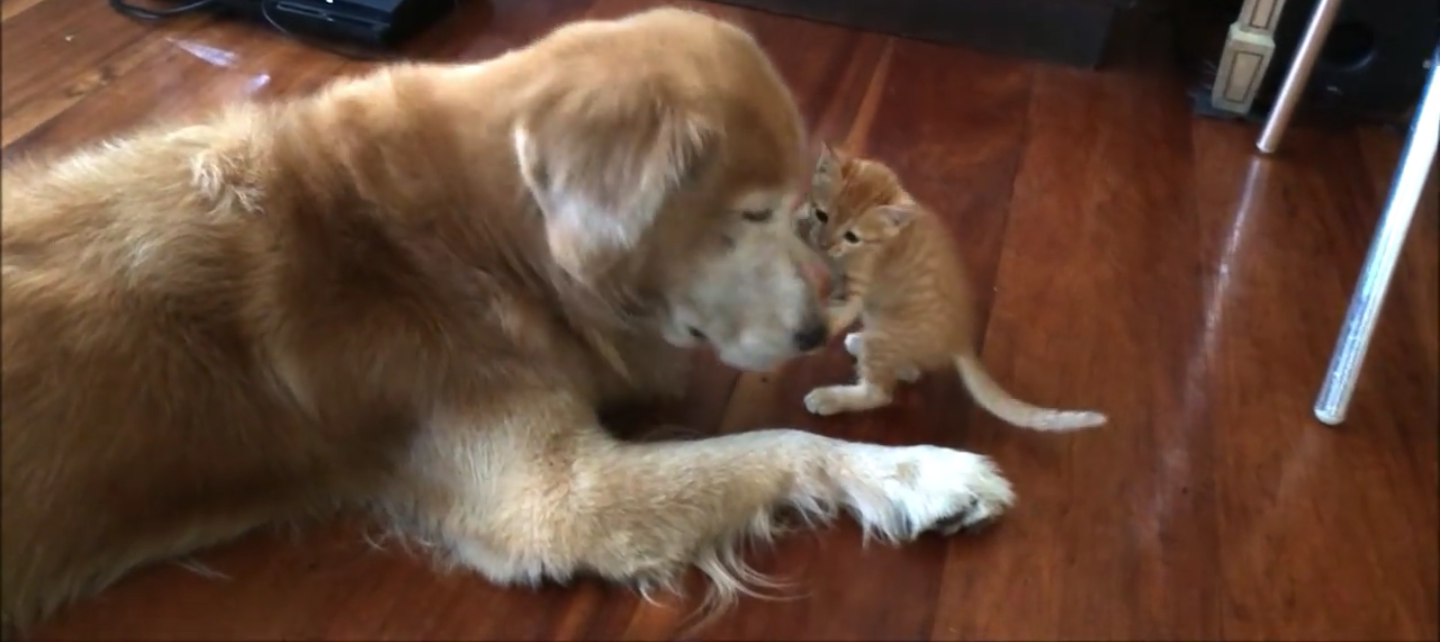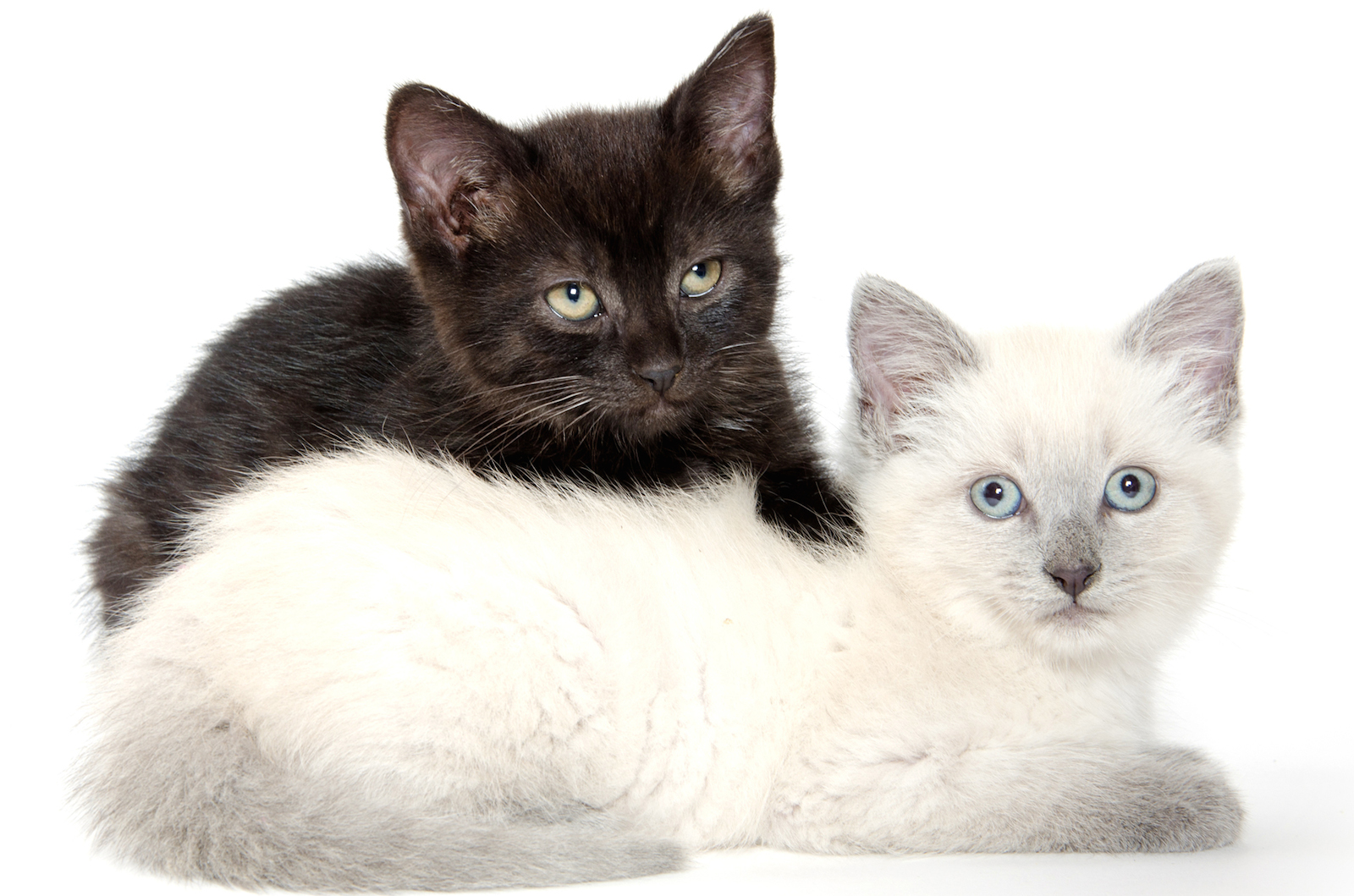Best flea and tick treatment for dogs, cats and horses
What is the best flea and tick treatment for dogs, cats and horses?
The diet of pets has become almost as unhealthy as people´s food. Thus dogs and cats either receive cooked convenience food from waste and residues, or they get dry fodder, which is virtually “dead” and has as good as no nutrients.
No wonder that many dogs, cats and horses suffer from food intolerances, with all the unpleasant consequences such as gastrointestinal problems, allergies, etc. And also the coat looks despite regular brushing always dull and unkempt. In addition, the animals – especially when they are often out and about – get infested by parasites in the spring and summer months, such as ticks and fleas.
To effectively and naturally treat dogs, cats and horses, a high-quality coconut oil should be used. It is suitable both for internal and for external use and acts equally against all types of parasites and on the entire digestive tract of animals. By regularly adding coconut oil to the diet they will tolerate it better and also do allergic reactions to certain ingredients in the food thereby appear much rarer.
Coconut oil for dogs
Coconut oil as a remedy for ticks in dogs
Hardly a dog comes through the spring and summer, without being repeatedly attacked by ticks. Especially in animals with long fur ticks are usually invisible to the owner, they are only noticed when they are already soaked with the blood of the host and drop themselves off the animal. Although dogs have basically a significantly stronger immune system than people, ticks can also transmit diseases to dogs, for example, the dreaded lyme disease. Many dogs have died from the effects of tick bites. Therefore, the dog’s coat should be treated with coconut oil against ticks over and over again, resulting in a more effective protection. The use and dosage is very simple: A small amount of coconut oil for dogs is rubbed in the hand and then spread on the dog’s coat. If you want to make it perfect against ticks, you can also massage the coconut oil in the animal’s skin.
The lauric acid contained in coconut oil gives a natural protective coat of a very unpleasant smell emanates to ticks, so that the small arachnids prefer to find another host. If, despite the use of coconut oil a tick reaches the dog, it will generally not latch on, but fastly sod off.
Coconut oil against fleas in dogs
Similar to ticks the odor of lauric acid, which is contained in coconut oil, is very uncomfortable for fleas. Existing fleas are killed either of the acid or will fall down from animals, new fleas will no longer choose the dog as a host. In addition, the flea eggs layed on the dog, are killed reliably by the lauric acid in coconut oil. Coconut oil is therefore an ideal means of protecting dogs against fleas.
The application against fleas is similar to coconut oil for dogs against ticks. Simply rub a small amount of coconut oil in your palms and then reap the dog’s coat. The massage into the skin enhances the effect yet, as experience shows.
Internal use of coconut oil against parasites
In addition to external use by rubbing the fur with coconut oil against ticks, fleas and other parasites, it can be administered internally. One teaspoon a day should be added to the food. Most dogs like the smell and taste of coconut oil very much, and therefore the intake succeeds without problems.
Coconut oil for a beautiful coat
Even if the dog does not run the risk of being infested with parasites, its fur should nevertheless be treated from time to time with a little coconut oil. This results in a very beautiful luster, the hair growth is positively influenced and dull and brittle spots in the fur will be history. Coconut oil can also be applied with a comb in the direction of growth of the skin, so it is distributed particularly uniformly.
Coconut oil for cats
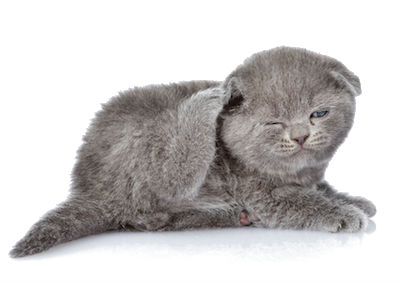 Outdoor cats allowed to roam the house, the garden and the surrounding area, live a fullfilled cat life. They are, however, also exposed to some risks and dangers such as the infestation by parasites – ticks, fleas or mites.
Outdoor cats allowed to roam the house, the garden and the surrounding area, live a fullfilled cat life. They are, however, also exposed to some risks and dangers such as the infestation by parasites – ticks, fleas or mites.
Whether cats can fall ill with the tick-borne Lyme disease, is still controversial, and even in TBE (tick-borne encephalitis) the risk of disease of cats is obviously low. But threatening inflammation of the bite or infection with other bacterial pathogens such as Ehrlichia or Anaplasma, Rickettsia, Babesia, coxiella can occur. All of them are infectious to humans or dogs and can cause unpleasant and dangerous diseases.
Coconut oil is a proven natural remedy to prevent hides- and skin parasites of all kinds – without any chemicals or constricting cat collars. Coconut oil is particularly suitable for cats because it does not contain any toxic components as many essential oils. Therefore, it is completely safe to use.
For defense against parasites a drop of oil is repeatedly rubbed onto the fur several times a week. For existing skin problems or injuries coconut oil is applied selectively, and as required. In food it´s sufficient to deliver about a quarter or half a teaspoon full every day.
Whether as a feed additive or for grooming, coconut oil is amazing in its effect:
• The lauric acid contained acts as a strong antiviral, and also
• Parasites in furr disappear or fall down prompt again when coconut oil was applied to skin and hair.
• With its high proportion of essential amino acids Coconut oil is an important additional source of protein in the diet.
• The vitamins, trace elements and minerals contained abundantly make coconut oil an ideal, vitalizing feed additive for all pets.
• Coconut oil prevents the spread of many intestinal parasites, intestinal flora keeps in balance, therefore supports traditional wormers or allowed it to reduce them.
Coconut oil for horses
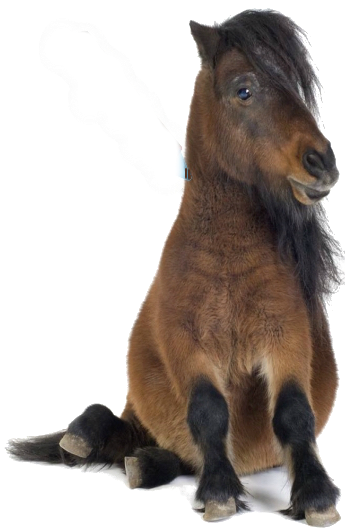 Also for horses pure organic coconut oil works as a feed additive, as well as skin care product. The following are the advantages of the use of coconut oil for horses:
Also for horses pure organic coconut oil works as a feed additive, as well as skin care product. The following are the advantages of the use of coconut oil for horses:
• With regular feeding of coconut oil, the intestinal flora and thus also the food conversion improves. In addition, coconut oil contains many important nutrients.
• intestinal parasites, even tapeworms will have difficulties to survive. Whether the usual quarterly or biannual “chemical deworming” can be replaced by feeding coconut oil, however, can only be established through regular feces analysis.
The external application of coconut oil protects horses especially against ectoparasites of all kinds. Grazing horses are exposed to ticks, mosquitoes, brakes, mites or lice just like other pets. The lauric acid contained in coconut oil is highly resistant to the pests, the effect lasts long.
Particularly in older animals or those with poor general condition, a fungal infection in the skin by the anti fungicidal coconut oil can, for example, treat them well.
Many horses suffer from an allergy to the widespread blackfly. The result is the so-called sweet itch: unbearable itching causes the animals to scour their tail, mane and fur until large cracks and bare, moist places form on the skin.
Coconut oil has recently been subjected to several practice tests on horses and showed in many cases convincing effect:
• Coconut oil adheres longer on fur as commercial fly and horse-flies sprays – grazing or horse rides in the summer are no longer a problem.
• inflammation, eczema, injury or abrasions heal surprisingly quickly when coconut oil is applied daily to the affected skin.
• Eczema on horses rapidly smooth, new skin, coat and long hair grow – the healing is additionally facilitated mainly by the relief of severe itching.
Conclusion
Coconut oil is the best flea and tick treatment for dogs, cats and horses
Coconut oil for dogs, cats and horses is an extremely effective remedy for ticks, fleas and other vermin (e.g. mites etc.), but also for grooming. The strong effect unfolds both as an internal and external application. Any rich, native coconut oil in the best organic quality can be used. Very good experiences have been made by many dog owners using coconut oil as a dietary supplement for the dog. Simply mixed with food, the precious oil quickly deployed its effects and regulates the entire digestive tract.
Dog paw care tips
Dog paw care tips
Much movement outdoors is not only good for pet owners but for their four-legged companion as well: It toughens up and strengthens the immune system. When the biped are protected from coldness and ice by wearing big winter boots, dogs are barefooted even in winter.
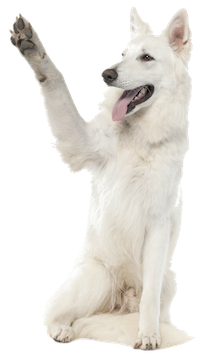 Now the paws are strained and need increased attention by the dog owner. Thawing salt outside in housing areas is unavoidable and attacks the bale enormously. Therefore it is recommendable to rinse off the paws with luke-warm water after every walk. To avoid the paws from getting rough and chapped, rub them with vaseline or deer-sebum after washing. Also marigold-, elderflower- and chamomile-salve as well as amber- or lavender oil are suitable for pad-care.
Now the paws are strained and need increased attention by the dog owner. Thawing salt outside in housing areas is unavoidable and attacks the bale enormously. Therefore it is recommendable to rinse off the paws with luke-warm water after every walk. To avoid the paws from getting rough and chapped, rub them with vaseline or deer-sebum after washing. Also marigold-, elderflower- and chamomile-salve as well as amber- or lavender oil are suitable for pad-care.
Special caution with frozen water surfaces. Thin ice on puddles may break easily and the dog’s paw might get hurt by resulting sharp edges. If a cut just happened, apply poultices of comfrey, yarrow or chinese cress and marigold-douches and salve may help additionally.
Do not take your quadruped ice skating: In the heat of the moment your dog can slip easily and may crick painfully.
If your barking companion just twisted in the deep snow, external poultices with arnica, marigold, yarrow or witch hazel can help and arnica-globules support inner healing. Also light therapy and reflexology of course are popular and effective remedies to help and relieve pain as soon as possible.
If your hairy fellow already suffered sore bales or an open paw injury, keep his foot protected with a special dog bootie from a pet shop or veterinarian. Take care that the bootie fits optimously and does not rub. Furthermore it should be waterproof for walks outdoors but you should take it off or change to an air-permeable shoe indoors. Otherwise the dog may sweat which causes an additional irritating salty-moist milieu. Long-haired quadrupeds freeze less during the cold season than their short-haired companions, but snow may also become a drag for them: Especially at their legs and paws the snow forms small and big snow balls which interfere the dog’s walking. That’s why the dog’s fur needs to be shorten in these particular areas. If snow lumps are already formed in their fur, you should rather cancel your walk and carefully detach the balls with luke-warm water back home.
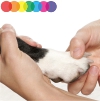 After an eventful winter day outdoors, the dog paws earned a relaxing wellness care at home.
After an eventful winter day outdoors, the dog paws earned a relaxing wellness care at home.
A foot- or face reflexology e.g. provides new energy for your quadruped. Take the paw inside your hand and massage it for general regeneration and stabilization with your thumb on top and your other fingers underneath. The finger movements should be circling.
For more information to reflexology for dogs browse through our website.
How to choose dog and cat food
Healthy food that is also appropriate to the species requires a lot of knowledge, because the animal has to get all the nutrients needed for healthy growth and a life full of activity. The food must therefore contain an optimal mix of proteins, natural fats, carbohydrates, vitamins and trace elements.
Differences in diet between dog and cat
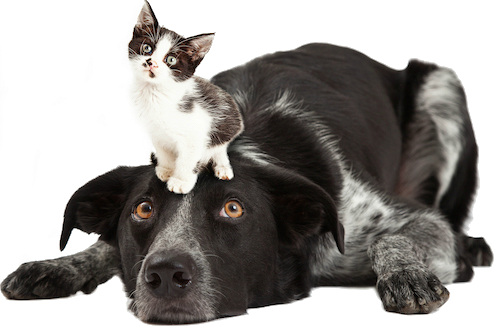 Dogs and cats are both carnivores and thus have very similar requirements for their food. The few differences are:
Dogs and cats are both carnivores and thus have very similar requirements for their food. The few differences are:
• Cats have a higher protein requirement. They are extreme carnivores.
• The dog has a better digestive system
• Cats eat their food in a dry place and at rest; the food is
thereby better crushed. Dogs wolf it down.
• The esophagus of the cat has some narrow passages. Therefore, the cat may not eat large chunks at a time.
• The cat needs taurine (= a breakdown product of the amino acids cysteine and methionine).
• Cats drink rather little and take the moisture rather on with food. That’s why
dry food can be especially harmful.
How should a healthy compound feed look like?
-
Wet food
-
high meat content of over 90% for good meat and offal
-
no grain, no soy, no corn
-
meat in real food quality, so no meat and bone meal
-
no odors and attractants
-
No dyes
-
no fillers
-
no extra fat additions (such as oils)
-
no flavor enhancers
-
no preservatives
-
No sugar
-
Gluten Free
-
No plant and cereal flours
-
cold bottled
Each feed must specify analytical values (raw protein, raw fat, raw fiber, raw ash). Basically, however, you can not tell whether these general ingredients come from animals or plants. Only one value of raw protein in indicated in the analysis, which does not distinguish between animal and vegetable protein. Only due to the raw materials used can be deduced that virtually all proteins are meat derived and therefore can be well utilized.
Please make sure that 100% is listed of what is really inside! Essentially the following applies: Information in brackets can only refer to the information written before the brakets. This means that a percentual value in brackets does not say much.
For example, if given an extra oil, it can be assumed that it is inferior meat (trimmings) that must be upgraded by the oil. The food is often still stold quite expensive.
Catmint, green-lipped mussels, Cranberris etc. have no place in the daily feed. This only serves the buyer to make the food more interesting and to hide the often bad taste of the ingredients.
In order to clarify the whole thing, here are a few common fodder in comparison (the names have been omitted):
– cereals, meat and animal derivatives, minerals
→ In this declaration, only the item names are given. It is an enclosed declaration. It does not state how much of which is in the feed and what it actually is. Cereals comes first, i.e., of which most is in the feed.
– rice, poultry meal, corn, animal fats, vegetable protein isolate, maize gluten feed, barley, animal protein (hydrolysed), minerals, vegetable fibers, fish oil, fructo-oligosaccharides
→ In this declaration, the various components are given separately. Therefore, it is an open declaration. There are no percentages given. Rice comes first, which means it is the biggest portion of the feed content.
– beef (95%), vegetables (zucchini, broccoli and carrots) min. 4%, vegetable oil, taurine, sea salt, minerals, vitamins
→ The 95% says nothing. O95% of what?? It may be diverse (beef) meat waste, of which 95% are then indeed meat, but how high the proportion of meat really is, is not seen here. The oil and the salt suggest inferior meat.
– 95.3% meat and animal derivatives (min. 60% poultry, min. 10% turkey, min. 20% beef), vegetables 0.3%, 4.4% minerals
→ This is a typical (closed) declaration. It describes the group names, this still extended by additional information. The percentages add up to 100%. THIS IS HOW THE FODDER DESCRIPTION SHOULD APPEAR, only then can you be sure that food that is appropriate to the species is fed.
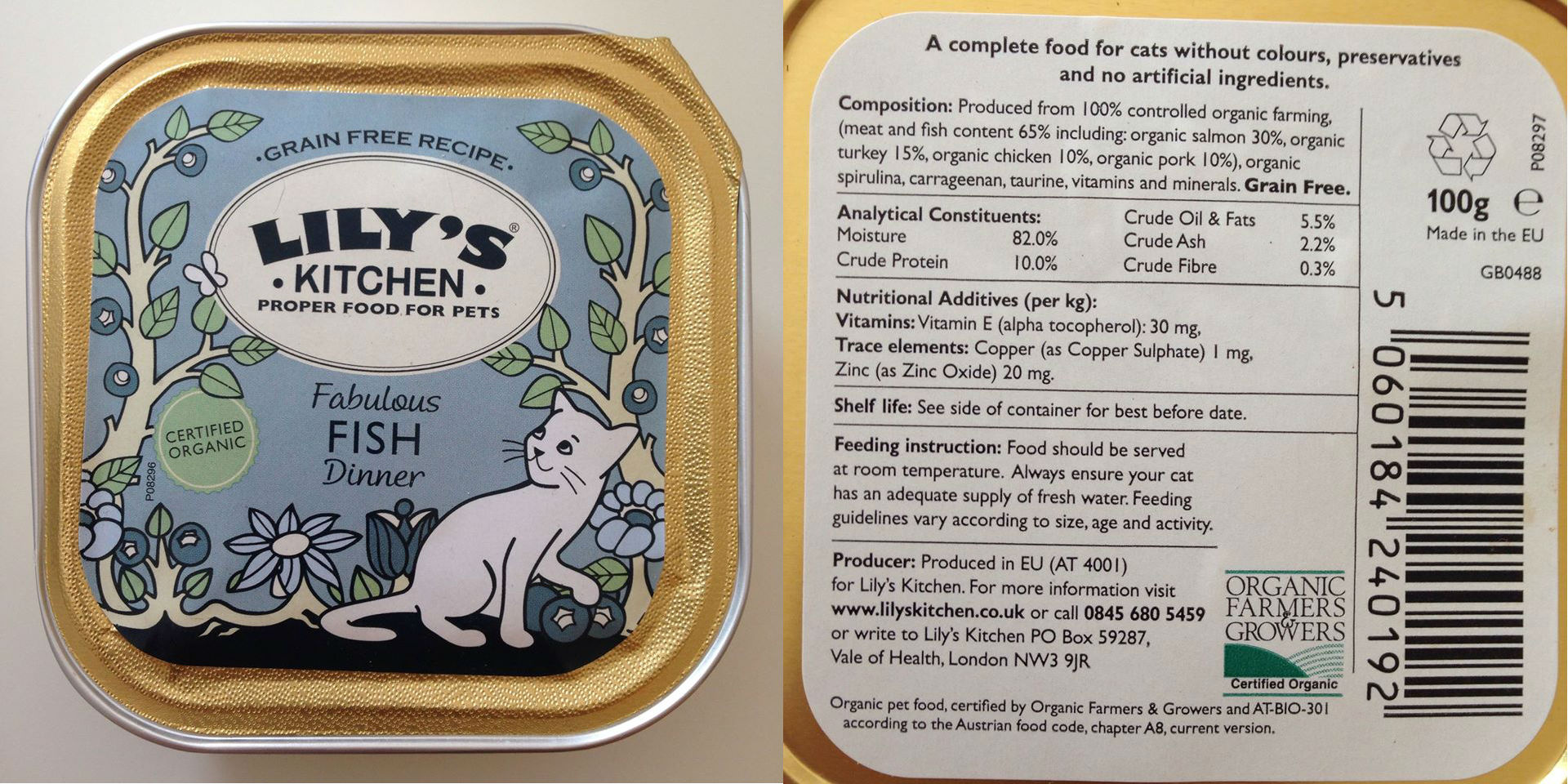
The wrong food fed on a regular basis can cause health problems for your pet. If your pet is already suffering from an illness due to poor pet food quality you should firstly change the food brand following our advise and also visit our Shop to help your beloved pet ot recover faster with Reflex Therapy or Color Light Therapy.
Horse massage course
Horse massage course
There are various massage techniques such as medical massage, reflexology, sports massage, or crossfriction thatcan be applied on horses. The aim of the massage is to improve the blood circulation, loosening muscle tension, adhesions and scar pain relief.
Medical massage
Medical Massage is an intensive form of therapy that sets valuable stimuli for regeneration and healing of various types of tissue as muscle, skin and connective tissue. In order to achieve real medical effects, it requires very precise knowledge and a specialized training. The massage can be used to supplement or as a preparation for the manual therapy or exercise therapy.
Effect of Massage
• relieves tension and adhesions
• increases the motivation of the horse
• promotes flexibility
• enhances well-being
Reflexology
By stimulating the reflex zones on the face, ears, legs, neck and back of the horse a speedy recovery is inducted. This is attributable to the natural healing process of the body which is being stimulated and therefore the physical intelligence of the animal becomes capable of combating both the symptoms and the cause of the ailment / disease. Gentle pressure at specific points is sufficient to stimulate the organs, which are connected with the respective reflection points and to promote their circulation. Once the body has resolved energetic and phyische blockages, it is able to return back to an original (healthy) state.
Effect of the massage
• restoration of phyischen balance between the organs and the rest of the body
• All kinds of diseases, ailments, and symptoms can easily be solved with reflexology in most cases
Sports Massage
• relaxes the muscles before a sporting event
• regenerates after demanding physical activity
Connective Tissue Massage
The connective tissue massage, is a special form of massage. They assume that in diseases of the internal organs and musculoskeletal system an imbalance of tension and disturbance of the metabolism of subcutaneous (under the skin) is produced. All tissue sections with an altered tension or a binding are stimulated with a special technique, until a tension compensation is established.
In case of irritation of the subcutaneous connective tissue, the autonomic nervous system is directly influenced. Organs and their functions are affected indirectly or reflexively. In addition to these general and reflex effects, through local tension balancing disorders in the musculoskeletal system are being improved .
Objectives of the connective tissue massage
• balancing out tension the subcutaneous connective tissue
• solving of bindings between subcutaneous tissue and muscle fascia
• to achieve a normal pattern of activity of the organs by supporting, promoting or inhibiting the vegetative controlled organ functions.
• crossfriction
The transverse friction is executed as a special intermittent massage on muscle-tendon junctions and tendon-bone junctions. At these tendon junctions often are inflammatory-like conditions caused by sports or chronic congestion, which can be very painful. The therapy is intended to eliminate the inflammation-like conditions and edema stored in the tendon. An effect on the structure of tendons is reported we well.
—–
To know more about reflexology massage for horses and how to help your pet with this effective method read more here.
Reflexology for cats and other effective methods of healing
Reflexology for Cats
(Reflexology-) Massages can reduce tensions and strengthen weakened areas of the body. By increased circulation that occurs by pressing specific points in the cat’s face, ears and legs, pain can be alleviated and energies in the body are stimulated. Reflexology for cats can also compensate imbalances between different body parts, systems and organs. In addition, they can help with behavioral problems.
Reiki for cats
With Reiki self-healing powers of your animal can also be stimulated. Reiki (Japanese. = Universal life energy) is the basis of all life. This transfer of subtle energies works holistically on the harmony of soul, mind and body and is used to activate the self-healing powers of the cat.
Reiki can have the following positive effects on your pet: relaxation, building trust, balance, dissolving of blockages. Reiki works on all levels of being. It ensures a harmonious vibration ratio of the chakras with each other and thus for mental and physical well-being.
Acupressure for cats
Acupressure applies pressure with the fingertips on the skin surface at certain points of the meridian system. This allows organs, muscles and bones to be stronger and reduces pain.
Through acupressure deficinecies and energy flow can be compensated again and, in this way, restore the physical balance of your pet.
Touch therapy / Tellington TTouch® for cats
This touch therapy acts on the cells of the skin and subcutaneous tissue by special circling, lifting and stroking movements. It can dissolve fears and tensions and stimulate the self-healing powers.
Moxa treatment for cats
Moxatherapy is the moxibustion from the TCVM (Traditional Chinese Veterinary Medicine). These therapy points or meridians are being warmed with moxa (dried mugwort fibers). According to TCVM the heat of moxa has a positive effect on the energy flow of the animal. It is used both for chronic diseases and for prevention.
On our website you will find protocols and courses to help your cat with virtually any complaints by the application of Reflex Therapy and Color Therapy.
Reflexology for dogs and other alternative treatments
Reflexology for dogs and other alternative treatments
Reflexology for dogs
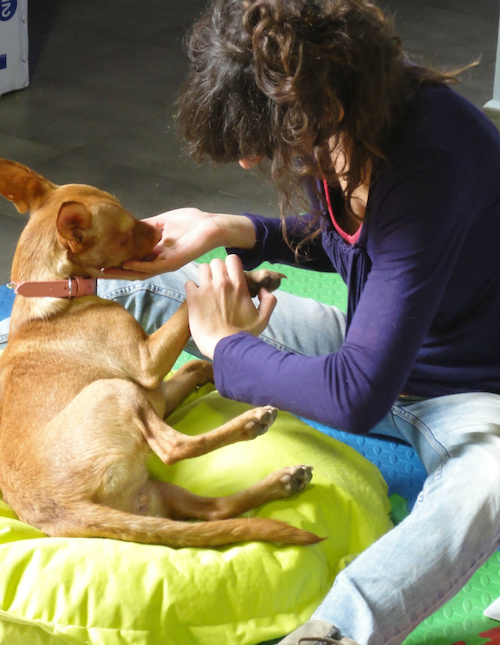 The main parts of the reflexology for dogs are their paws, the face and mainly their ears. This is where all the energy points hit each other, which bear on the several body parts and organs.
The main parts of the reflexology for dogs are their paws, the face and mainly their ears. This is where all the energy points hit each other, which bear on the several body parts and organs.
The reflexology stimulates both the blood flow and the metabolism.
Even for diagnostic procedures, the sensibility of the several ear energy points is very significant.
Reflexology for dogs is very popular to be used for managing pain and diseases, but also against/for emotional and behavioural disorders. The tip of the ear is the most important point in an emergency situation such as a shock.
Jin Shin Jyutsu – Japanese balance flow
Jin Shin Jyutsu is an ancient art of harmonizing the life energy in the body rediscovered by Master Jiro Murai in the early 20’s. His student Mary Burmeister brought his knowledge to the United States and through her students today it is known world wide. Jin Shin Jyutsu is a soft but very effective healing method, whose foundation is based on the 26 energy points. These energy points can lead to blockades in the body for various reasons like living conditions, lifestyle, poor nutrition or stress. The japanese healing flow is a holistic therapy method, which can revitalize the energy flow by laying the hands on the right energy points and therefore unify body, mind and soul in harmony. This process also known as „The Flow“ has a relaxing effect, promotes the overall well-being and provides your inner harmony and serenity. Dogs enjoy the inner warmth and end the therapy session most of the time on their own/by themselves by leaving the place full with energy. A benefit of this therapy is that the owner can also exert this treatment anytime at home.
Acupressure
The acupressure is a technique of traditional chinese medicine. This technique is different from acupuncture. Instead of stimulating the energy points by needles, it is stimulated by pressure. In the TCM humans and animals are classified into different types with their particular characteristics, which is helpful for the selection of the therapy. The owner can absolutely perform the acupressure itself/himself. It is recommended as with any treatment to choose a relaxing and stress-free time for a therapy session.
Meridian massage
Meridians are energy pathways in the body which vital energy is said to flow.
There are twelve main meridians in TCM on each side of the body which are believed to correspond to an organ.
Meridian massage Meridians are energy pathways in the body which vital energy is said to flow. There are twelve main meridians in TCM on each side of the body which are associated to an organ/functional circle and time, when the energy at intervals of two hours flows especially intensive.
This circle is divided into three convolutions:
-
Circulation = lung-colon-stomach-milt
-
Circulation = heart-small bowel-bladder-kidney
-
Circulation = pericard- 3heater -gall bladder-liver
In contrast to the acupressure with this treatment you don’t just stimulate the acupuncture points but the whole meridian gets stimulated with a metal rod.
Tellington-Touch
Linda Tellington-Jones developed 1974 the TTEAM-method and the Tellington Touch, which is popular in over 30 countries. The TTEAM is a, with several movements of the hand massage with pressure which you conduct clockwise on the animals body. This method creates an emotional balance and improves/strengthens the relationship between human and animal.
The circumdation of the Tellington Touch influences through intensity, as well as fast or slow motions if the dog shall be calmed or activated. Important are the skin movements arising in the one and a half rotations and consistently repeated sit up. The Tellington Touch releases tensions, eases pain, strengthens circulation and accelerates the healing process. Also contusions, bruises, being in the state of a shock and many other disorders are improved by the Tellington Touch.
Reflexology for Dogs Anxiety and Depression
When applying reflexology for dog’s anxiety and depression the neurovascular reflex points on the head act in emotional stress reduction quickly for relaxation.
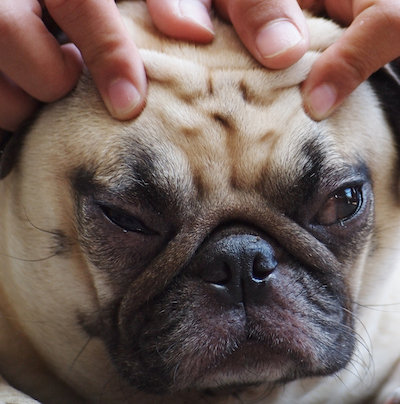 This is how to do reflexology for dog’s anxiety and depression: Both areas are also called “stress reduction points” or “happiness points”. This exercise can be done anytime and everywhere. Gently touch your dog’s head (without harassing the dog). Place your hand softly and consciously on the head of the dog and start to massage with your thumb and forefinger the reflex zones by moving them in a circle.
This is how to do reflexology for dog’s anxiety and depression: Both areas are also called “stress reduction points” or “happiness points”. This exercise can be done anytime and everywhere. Gently touch your dog’s head (without harassing the dog). Place your hand softly and consciously on the head of the dog and start to massage with your thumb and forefinger the reflex zones by moving them in a circle.
Please note: Depending on the head shape, these areas may vary slightly (a greyhound has a different head shape than a Chihuahua or a Papillion).
If your dog is very sensitive on the head, be very careful and better stroke once gently on the head, the reflex zones can be touched at another time. Please never stroke too close to the eye sockets, which is very uncomfortable for the dog.
This is how reflexology affects the dog: there are a lot of nerve endings on the head, Acupuncture points and reflex zones. The so called “happiness points” can act relaxing very quickly and uncertainty and excitement through stress and fears can be minimized. This also has very quickly a relaxing effect on the dog.
Important for shy dogs: because of the stimulation or better blood circulation, the fight and / or flight mechanism are prevented and new behavior reactions are possible.
Case study: The dog of a friend showed sometimes an increased level of extreme nervousness in many human and dog encounters. Through the „happiness points “, he was able to learn to stay calm and relaxed in different situations. At first she had to repeatedly touch the points, then less and less.
The reflexology treatments have led to a more enjoyable stay very fast with a severely traumatized and fearful Greyhound. The dog showed a total fixed look and partly it seemed as if he would be frozen in his emotions.
From the beginning he accepted the touching of the „happiness points “, and sometimes it seemed that he would request the treatment.
This massage for this dog was supportive and important, as to reduce the extremely high body tension and to avoid the fixed look.
If you also have a dog with anxiety or fears visit our Shop to find the right protocol to apply on him at your home.
Cat and Dog Friendship
In this video you can see how a friendship between a cat and a dog is created – right from the beginning.
A small red kitten meets a big brave Golden Retriever. The orphaned kitten Koda was drafted at the age of four weeks at the dog owners and was so small that he still fit in a hand.
In addition to a loving rearing with the bottle it has immediately found a great friend, cuddly partner and protector in the Golden Retriever Keelo. While Koda preferred cuddling in the dog’s coat in the beginning, he soon started the first game of cavort experiments with him. Then they ate together, simultaneously cleaned and cuddled and played of course, like there’s no tomorrow. A dream team, these two!
What a lovely story… We´d love to see more of those two. Wouldn´t you? Leave comment below.
Here’s another felina-canine friendship: Reflexology for Dogs (by a cat)
´Catient´ gets treament for cats by cat
Yet another cuteness-overflowing treatment for cats video of a cat therapist treating his ´catient´ (cat patient) …
Does anybody else believe that the cat giving the massage knows exactly what it´s doing and that there´s a purpose behind this treatment?
I´ve heard of a woman who helped people with a complementary therapy in her own home. She laid the visitor on a massage couch and waited for her cat to jump onto it, search for a place to lie on the person and when she sat down the owner knew where she had to treat the client. The cat instictively knew where the patient´s aliment resided and showed her human where to look for the issue.
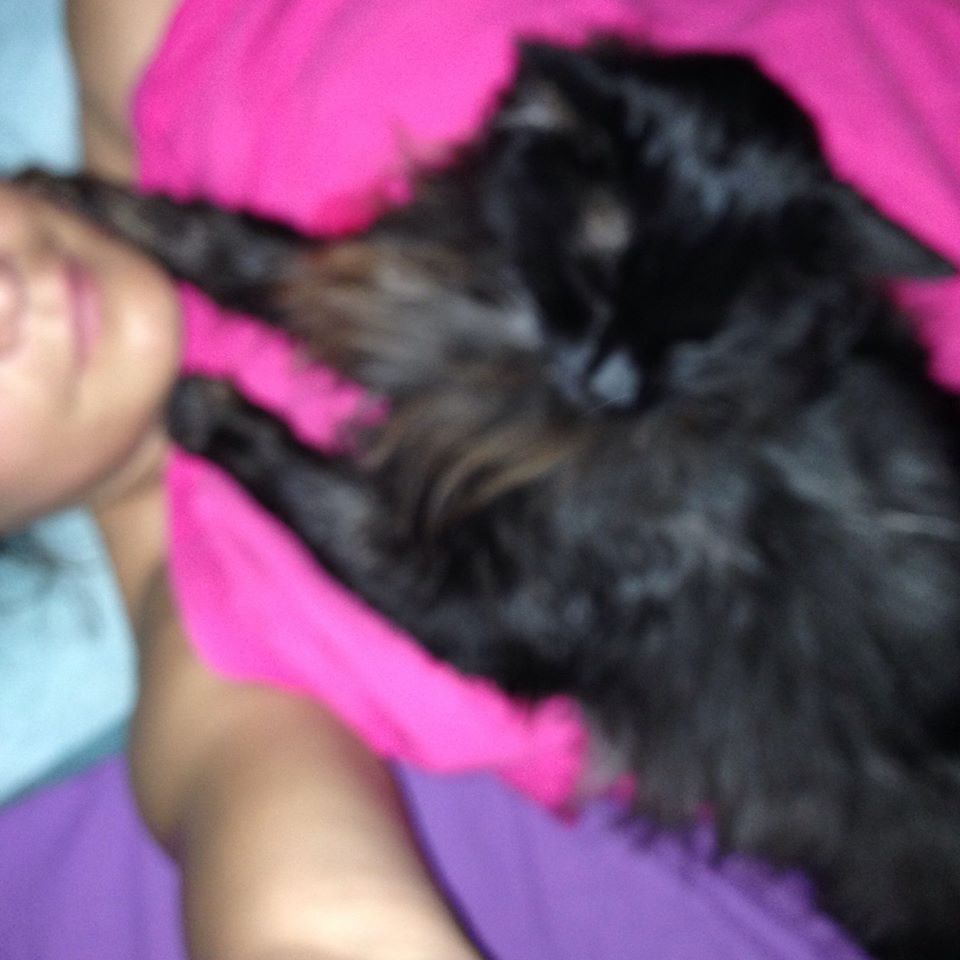 Funny enough, my cat Mango lay on my chest with his paws on my throat one morning when I woke up with a painful throat and swollen glands. He does like to lay on my chest but he never actually had put his paws on my neck before… I thanked him for the ‘treatment’ because even if he wasn’t healing me on purpose, it did feel like a nice and loving act… AND my throat was less painful in the end 🙂
Funny enough, my cat Mango lay on my chest with his paws on my throat one morning when I woke up with a painful throat and swollen glands. He does like to lay on my chest but he never actually had put his paws on my neck before… I thanked him for the ‘treatment’ because even if he wasn’t healing me on purpose, it did feel like a nice and loving act… AND my throat was less painful in the end 🙂
(Sorry for the bad quality of the picture!)
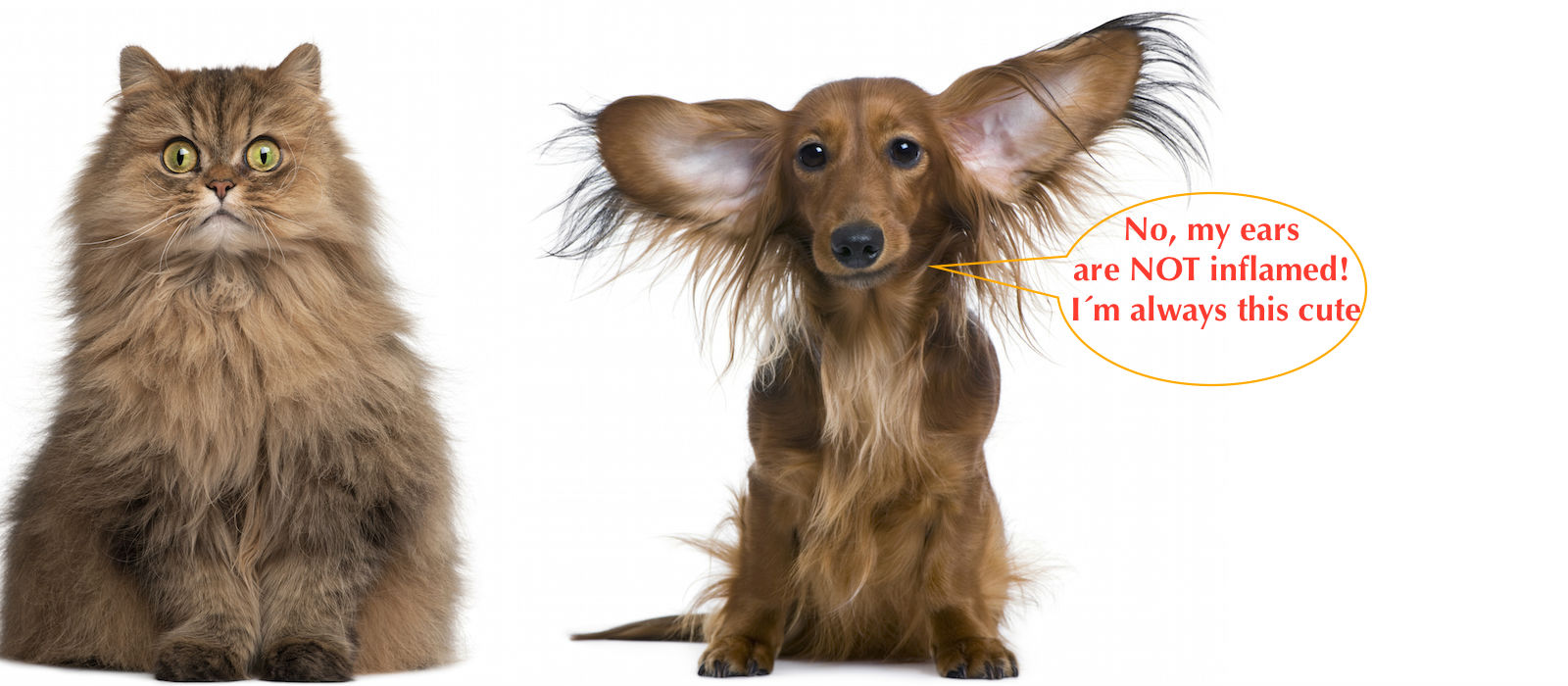
 • In dogs with drooping ears or ears that are almost fully covered by a lot of hair, the ears can not be well ventilated. That is why these animals have an increased chance of getting an ear infection. If you can remove the hair on a regular basis, you reduce this risk.
• In dogs with drooping ears or ears that are almost fully covered by a lot of hair, the ears can not be well ventilated. That is why these animals have an increased chance of getting an ear infection. If you can remove the hair on a regular basis, you reduce this risk.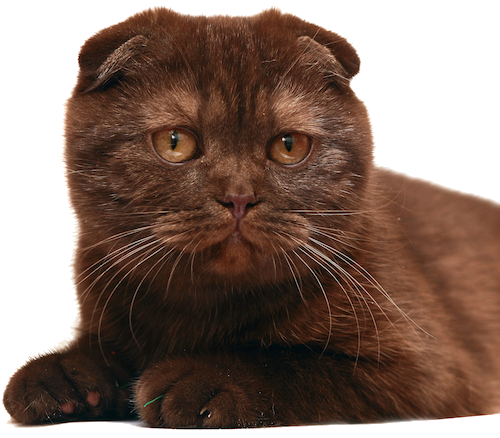 Colloidal silver is used in the form of drops and ointments as an alternative to chemical antibiotics. Especially in the control of bacteria, viruses, parasites and fungi it has been found to be very effective.
Colloidal silver is used in the form of drops and ointments as an alternative to chemical antibiotics. Especially in the control of bacteria, viruses, parasites and fungi it has been found to be very effective.